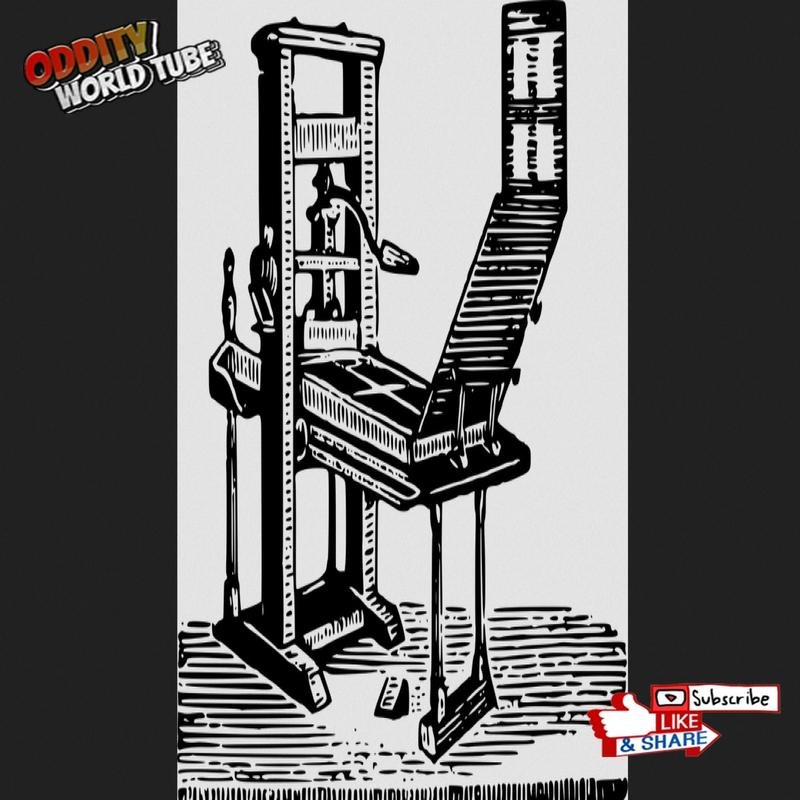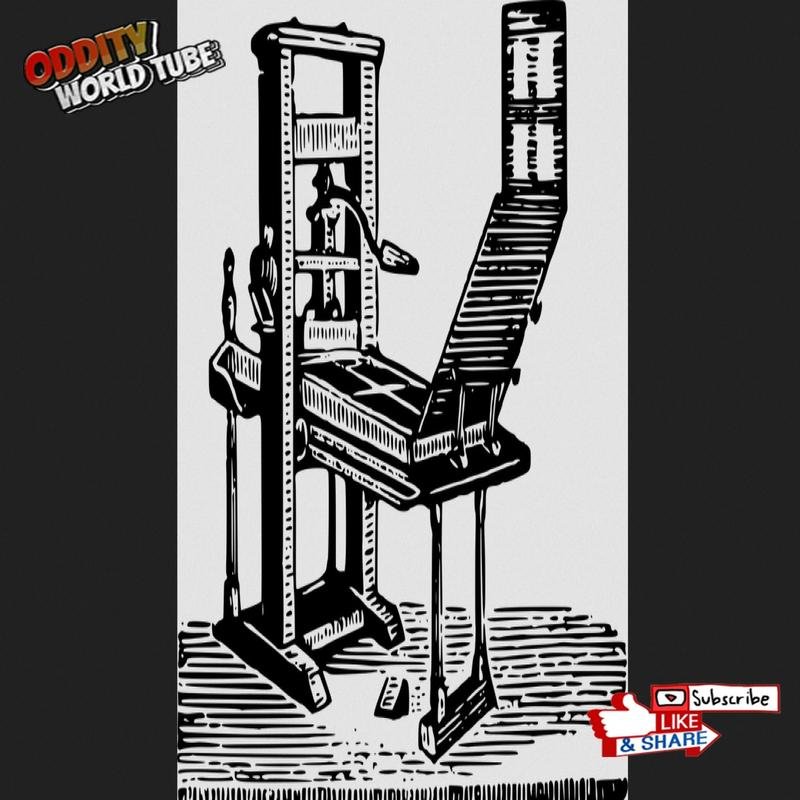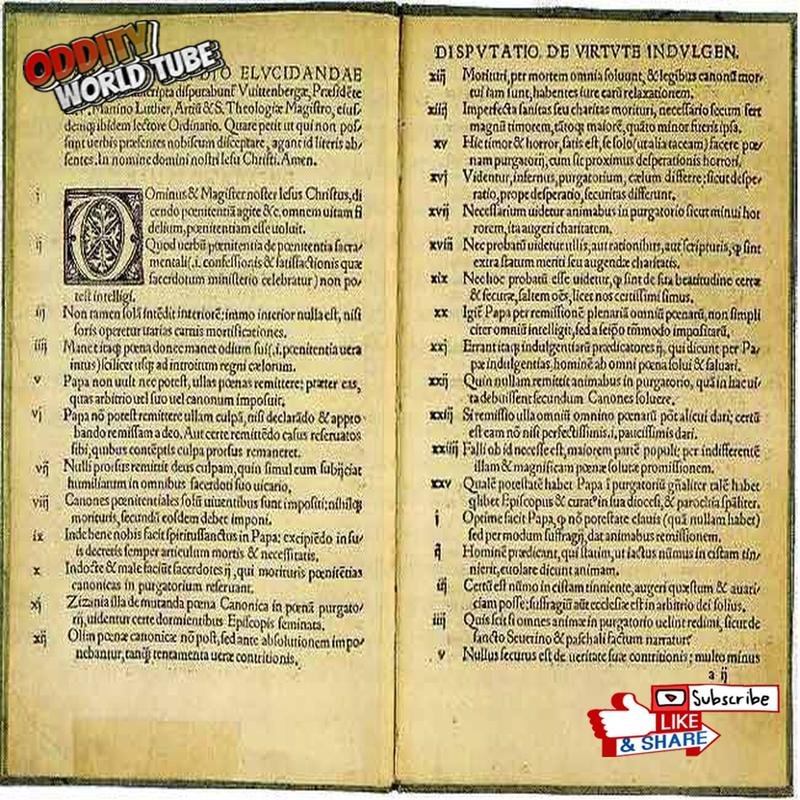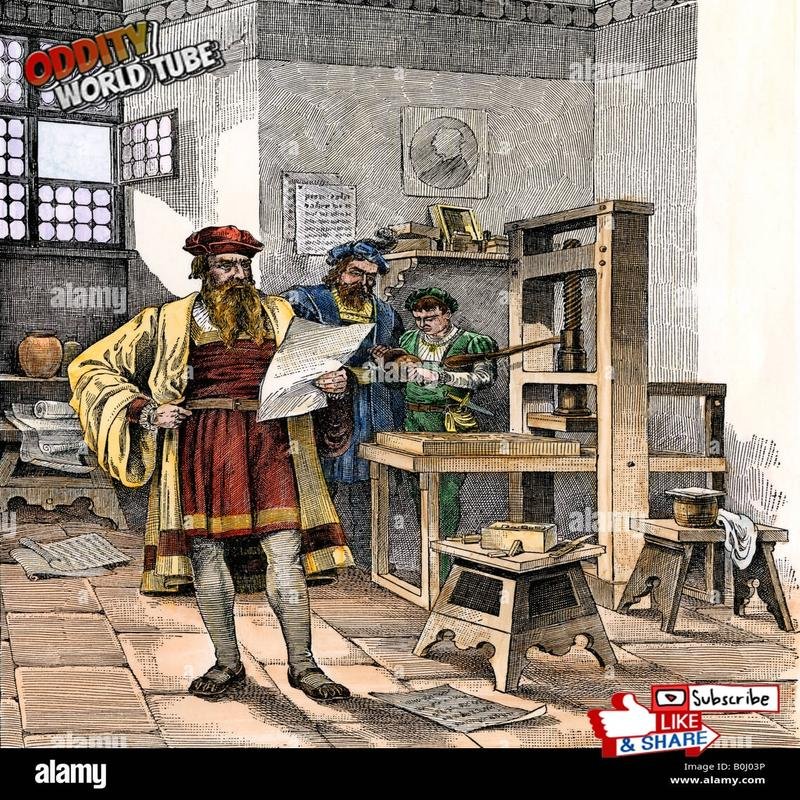The Printing Press: A Silent Revolution of Knowledge 💡 | A History of Printing #PrintingPress #History #Knowledge

Printing Press: Revolutionizing Knowledge Dissemination
The invention of the printing press constitutes a pivotal moment in human history, revolutionizing the dissemination of knowledge and fundamentally reshaping the trajectory of civilization.
Gutenberg’s Revolution
Prior to its invention, knowledge was largely confined to monasteries and universities, where scribes laboriously copied texts—a slow, expensive, and error-prone process. Books were scarce and costly, placing them beyond the reach of most individuals. Johannes Gutenberg’s invention of the mechanical printing press in the mid-15th century, circa 1450, dramatically altered this reality. Gutenberg’s utilization of reusable movable type enabled mass production of books at significantly reduced costs. His key innovation was the design of durable, adjustable, and reusable movable type crafted from a metal alloy. This invention facilitated unprecedented speed and efficiency in book production. Gutenberg’s Bible, produced in 1455, stands as the first widely printed book.
Profound and Far-Reaching Impact
Increased Accessibility of Knowledge
The printing press resulted in a massive increase in book production, making knowledge accessible to a broader segment of the population. The cost of books plummeted, increasing their accessibility and readership.
Standardization of Languages
The printing press contributed to the standardization of languages. The printing of books in standardized languages facilitated linguistic unification and fostered interregional communication.
The Protestant Reformation
The printing press played a crucial role in the Protestant Reformation. Martin Luther leveraged the printing press to disseminate his Ninety-Five Theses in 1517, challenging the authority of the Catholic Church. The rapid dissemination of these theses fueled the Reformation.
The Scientific Revolution
The printing press significantly contributed to the Scientific Revolution. The printing of scientific works enabled scholars to widely share their ideas and discoveries, accelerating scientific progress. For example, the publication of Nicolaus Copernicus’s *De Revolutionibus Orbium Coelestium* in 1543 facilitated the dissemination of the heliocentric theory.
Increased Literacy Rates
The increased availability of books enabled more individuals to learn to read and write, resulting in enhanced general knowledge and a heightened interest in education.
Development of Journalism
The 17th century witnessed the emergence of newspapers and magazines, providing timely information on current events. Journalism played a significant role in shaping public opinion and influencing political discourse.
Development of Libraries
The increased availability of books led to the establishment of libraries as crucial institutions for the storage and dissemination of knowledge. Libraries served as centers for learning and research.
Economic Development
The printing of books and other materials created new industries and generated employment opportunities. The printing press also enhanced economic productivity by providing businesses with more accurate and timely information.
Enduring Legacy
The influence of the printing press is evident in all aspects of modern life. From books, magazines, and newspapers to websites and social media, all forms of modern communication are fundamentally rooted in the principles established by Gutenberg. The printing press transformed how we learn, think, and communicate. It stands as a testament to the power of human innovation and its capacity to transform the world.










